Turkey Vultures return to Falmouth in early spring, drawn by warming weather and factors like food availability and daylight. They migrate south for the winter, then use thermal updrafts for long-distance flight, often in large groups. Upon arrival, they seek nesting sites and scavenge for carrion, adding balance to the local ecosystem.
Turkey Vultures are migratory birds that typically return to Cape Cod in early spring as the weather begins to warm up. Their migration pattern is influenced by a variety of factors including temperature, food availability, and daylight hours.
During the winter months, Turkey Vultures migrate south to warmer climates where food sources are more abundant. As spring arrives and temperatures begin to rise, they sense the changing conditions and start their journey back north.
Turkey Vultures are highly adapted for long-distance flight, utilizing thermal updrafts to soar effortlessly for miles. They often travel in groups or “kettles” during migration, taking advantage of each other’s company and the collective knowledge of the route.
Once they reach Falmouth, Turkey Vultures will begin searching for suitable nesting sites. They typically prefer secluded areas such as wooded areas or cliffs where they can build their nests out of sticks, grass, and other materials.
Upon their arrival, Turkey Vultures will also start to feed on carrion, taking advantage of the increased availability of food as the environment wakes up from winter dormancy. They play an important role in ecosystems by scavenging carcasses, helping to clean up the environment and prevent the spread of disease.
Overall, the return of turkey vultures all over Cape Cod in early spring is a fascinating natural phenomenon, signaling the changing of seasons and the renewal of life in the region.

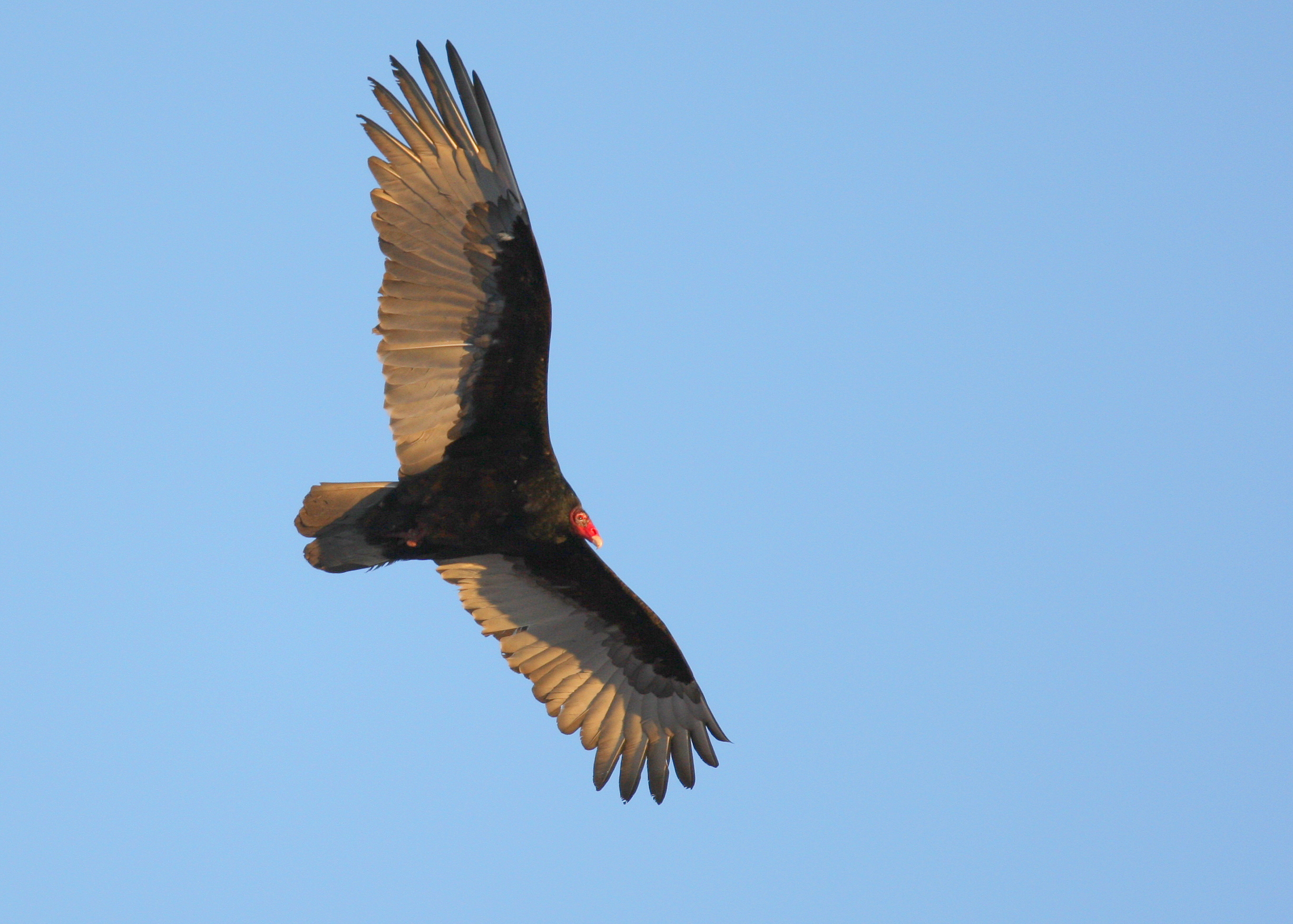

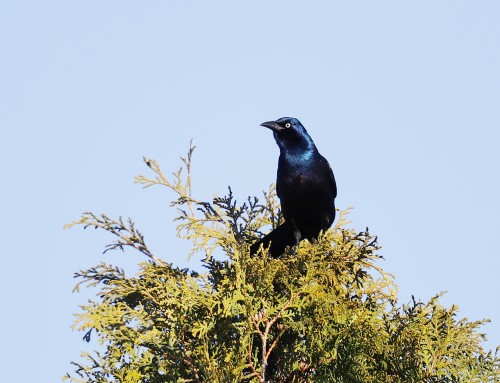
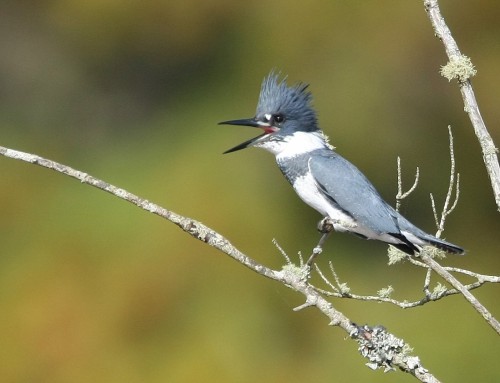
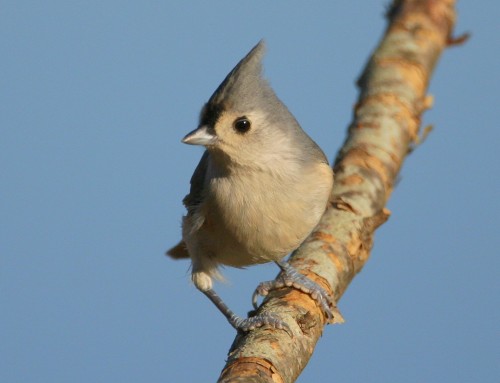
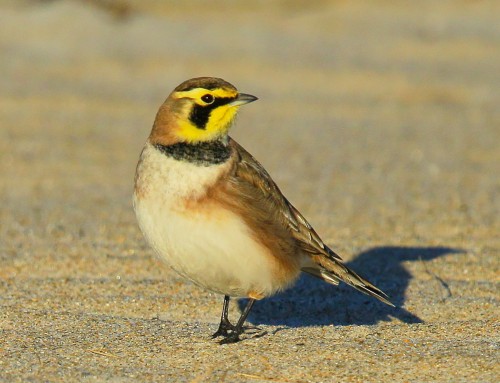
Leave A Comment
You must be logged in to post a comment.